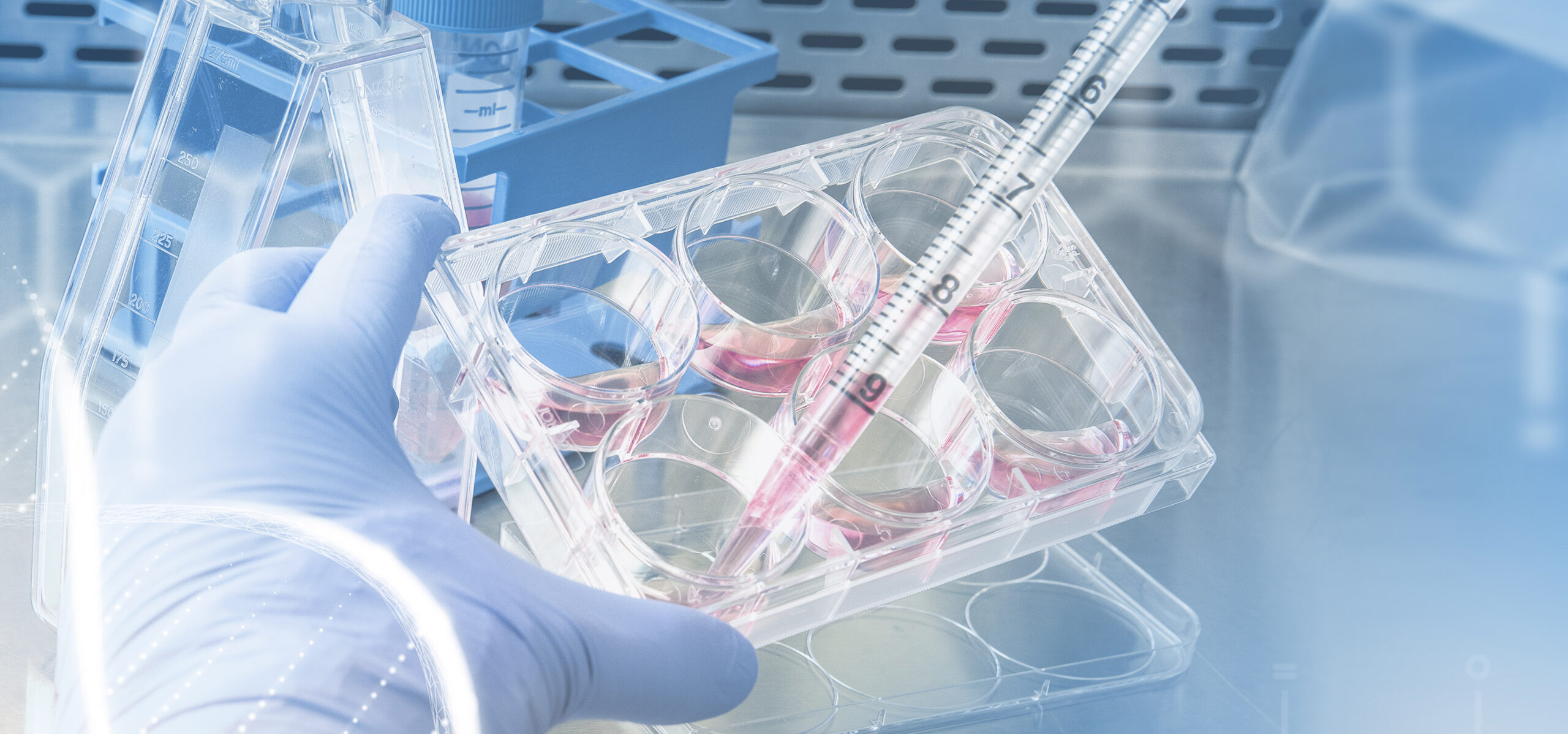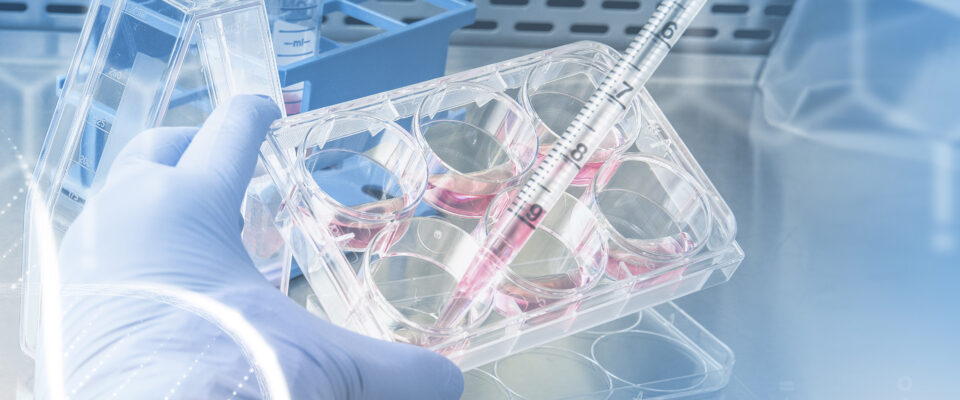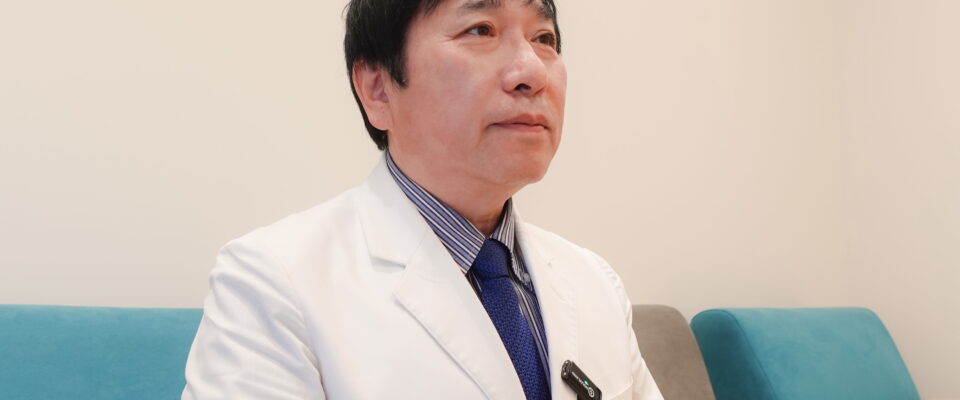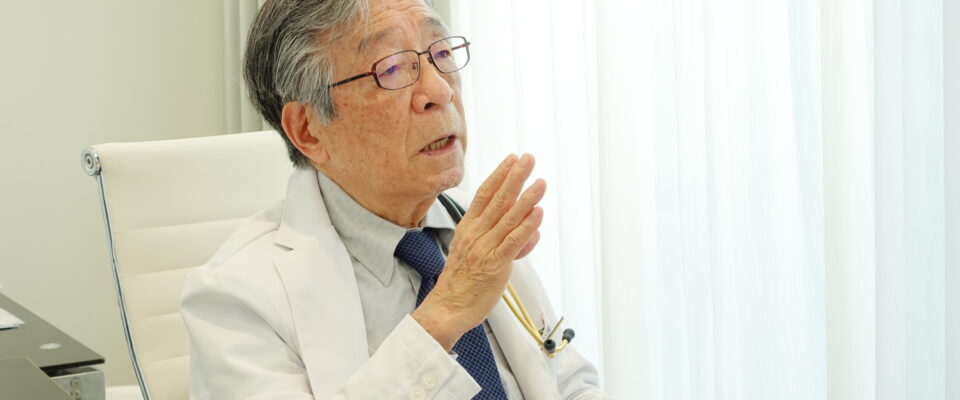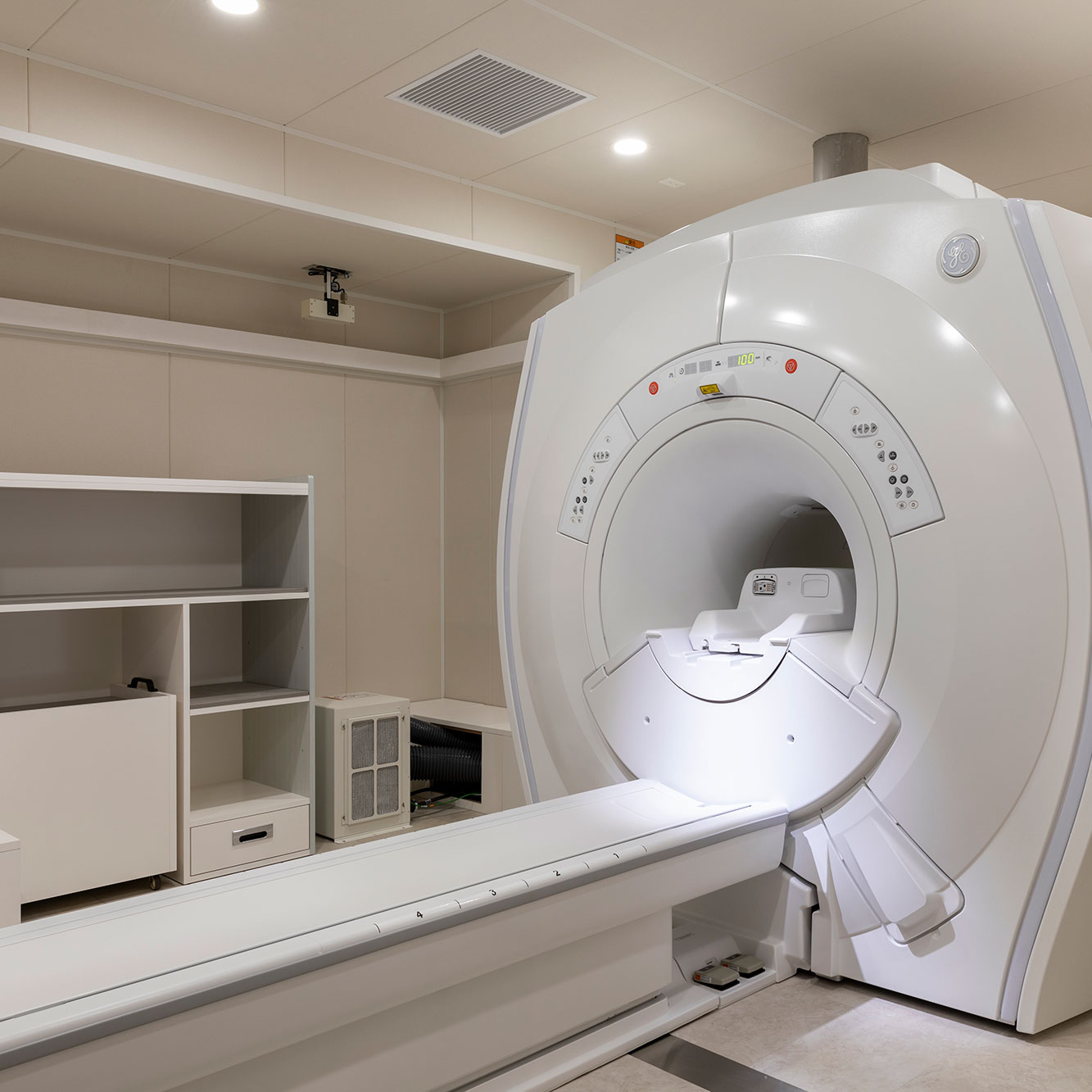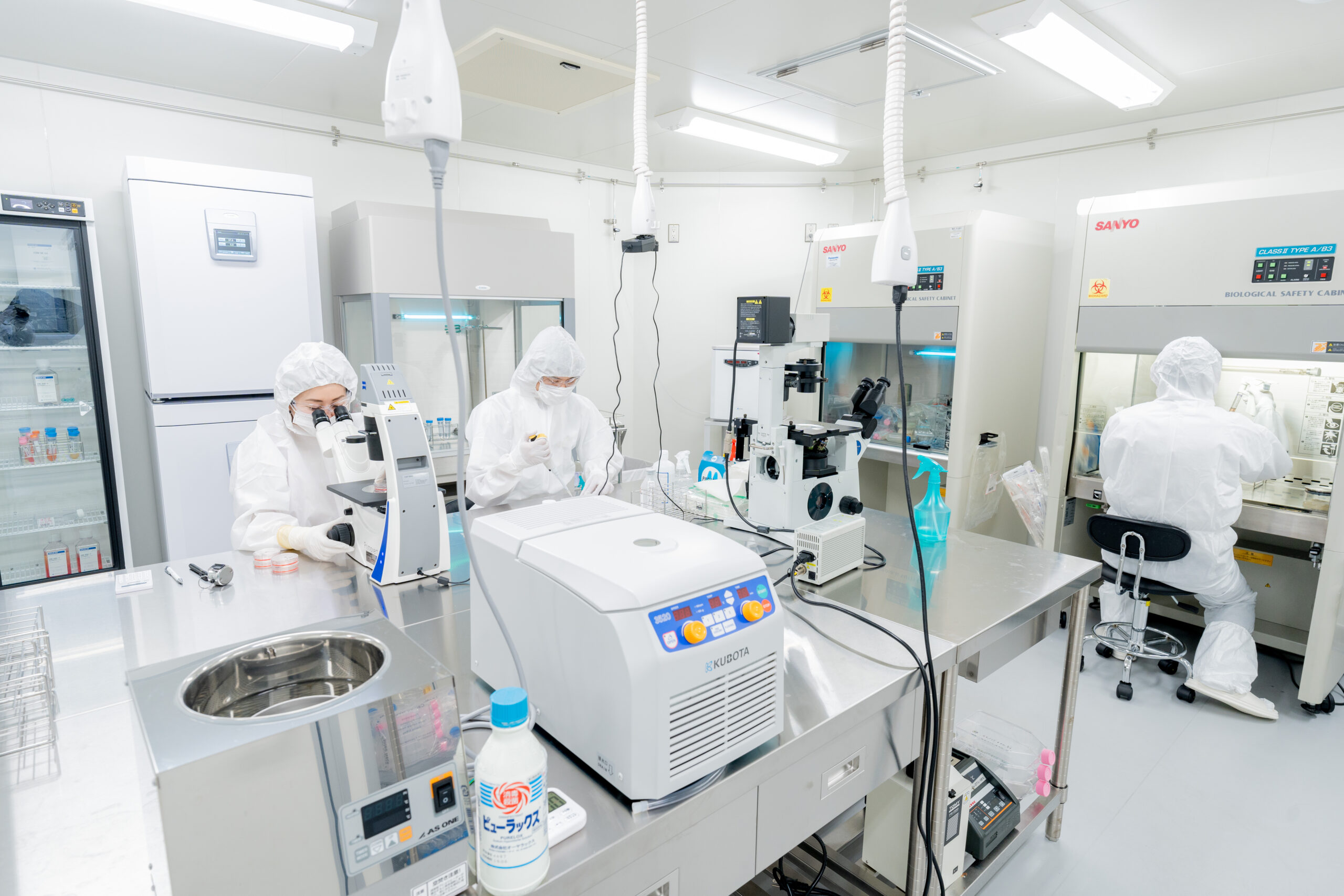What Are Stem Cells?
Our bodies contain cells that have the ability to regenerate lost cells in order to maintain tissues, such as skin or blood, where individual cells have a short lifespan and are constantly being replaced. These cells are called stem cells. To be classified as stem cells, two abilities are essential. One is the ability to create various cells that make up our bodies, such as skin, red blood cells, or platelets (differentiation ability). The other is the ability to divide into cells with identical abilities (self-replication ability).
Stem cells are broadly divided into two types. One type is stem cells that continue to produce replacement cells for specific tissues or organs, such as skin or blood. This type of stem cell is called tissue stem cells. Tissue stem cells are limited in their potential; for example, hematopoietic stem cells produce blood-related cells, and neural stem cells create only cells for the nervous system. The other type is pluripotent stem cells, such as embryonic stem (ES) cells, which can produce any type of cell in the body.
In other words, pluripotent stem cells can even create various tissue stem cells found in our bodies. Induced pluripotent stem (iPS) cells are artificially created pluripotent stem cells derived from regular cells. By leveraging these properties of stem cells, research is advancing in fields such as regenerative medicine—a new form of therapy that uses cells themselves as medicine to heal injuries and diseases—and the study of disease mechanisms by recreating the condition of internal cells outside the body.
Cytokines in Stem Cell Culture Fluid for Anti-Aging
Stem cells produce proteins that promote cell growth or differentiation according to the environment. These proteins are called cytokines. Cytokines act as signaling substances between cells, playing an important role in restoring the function of damaged tissues or cells in the body. Cells communicate with each other, and those receiving cytokines start functioning. Aging occurs when various factors damage the body’s tissues and cells, leading to an accumulation of unrecoverable damage. Regenerating damaged tissues and cells to restore lost functions can be considered highly effective anti-aging care. Awakening dormant cells through cytokines is expected to produce powerful anti-aging effects.
The Rising Role of Stem Cell Cultivation Experts
Stem cell cultivation is a technology garnering significant attention in fields such as pharmaceutical development and regenerative medicine. Many workplaces require cell cultivation expertise in this promising field, bringing attention to specialists known as cultivation experts. A cultivation expert is a professional who cultures stem cells for various experiments or treatments in medical and research settings. Due to their high differentiation potential, stem cells hold great promise in regenerative medicine and treatment development. Thus, the techniques for culturing stem cells are among the most important in medical and life sciences.
Specifically, stem cell cultivation experts perform a series of tasks necessary for culturing stem cells, such as preparing culture media, optimizing culture conditions, regulating cell differentiation and proliferation, inspecting and analyzing cells, and managing cultured cells. Since stem cells have unique properties compared to regular cells, they also need knowledge and skills to address technical challenges like removing abnormal cells or preventing infections during cultivation.
Stem cell cultivation experts require advanced expertise and skills in stem cell culture techniques. They gain this knowledge by studying stem cell-related techniques and basic knowledge of cell culture at universities or vocational schools and gaining practical experience in laboratories, pharmaceutical companies, or hospitals.
To learn more about these prominent cultivation experts, we spoke with Mr. Yoshichika Yamaguchi, Chief Cultivation Specialist at BioStyle Clinic.
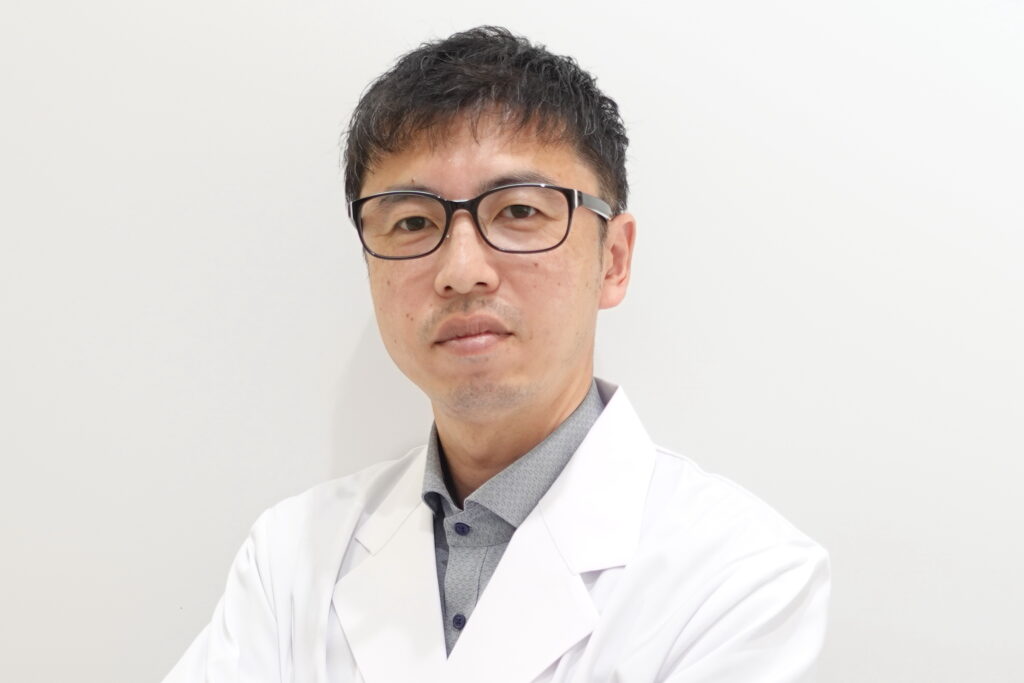
BioStyle Clinic Chief Cultivation Specialist
Yoshichika Yamaguchi
Education: Graduated from Kansai University, Faculty of Engineering, Department of Biotechnology (Cell Function Engineering Laboratory)
Hometown: Ibaraki City, Osaka Prefecture
Career: After working at Kishimoto Medical Research Institute and Tokiwakai Tokiwa Hospital (Immunology Department, Cell Culture Room), he now serves as the Cultivation Technology Manager at SCCL Co., Ltd., as well as Chief Cultivation Specialist at BioStyle Clinic.
Hobbies: Pets (plants and animals), motorcycles (with a 10-year gap)
Motivation for Becoming a Cultivation Specialist
Why did you choose to pursue a career as a cultivation specialist?
Since childhood, I’ve loved living creatures, and I wanted to study biotechnology related to them. At university, I majored in biotechnology and researched plant cells to develop propagation techniques for adzuki beans. After graduation, I worked in clinical testing at a major medical company. Later, I came across a job posting for a cultivation specialist at a hospital I had joined after changing jobs, which reignited my interest in this field and led me to pursue this career. At that hospital, I primarily cultured autologous activated lymphocytes and fibroblasts, often experimenting without specialized equipment, which was challenging but rewarding. Later, I received an offer from a research institute to produce conditioned medium from stem cells. Using the know-how I gained at the hospital, I refined my cultivation techniques through trial and error, conducting research for various treatments. I’ve now been in this field for about 13 years. While most treatments today use conditioned medium derived from fat or dental pulp stem cells, we are currently researching new conditioned medium using cells from umbilical cord blood, amniotic membrane, placenta, and bone marrow to achieve higher performance.
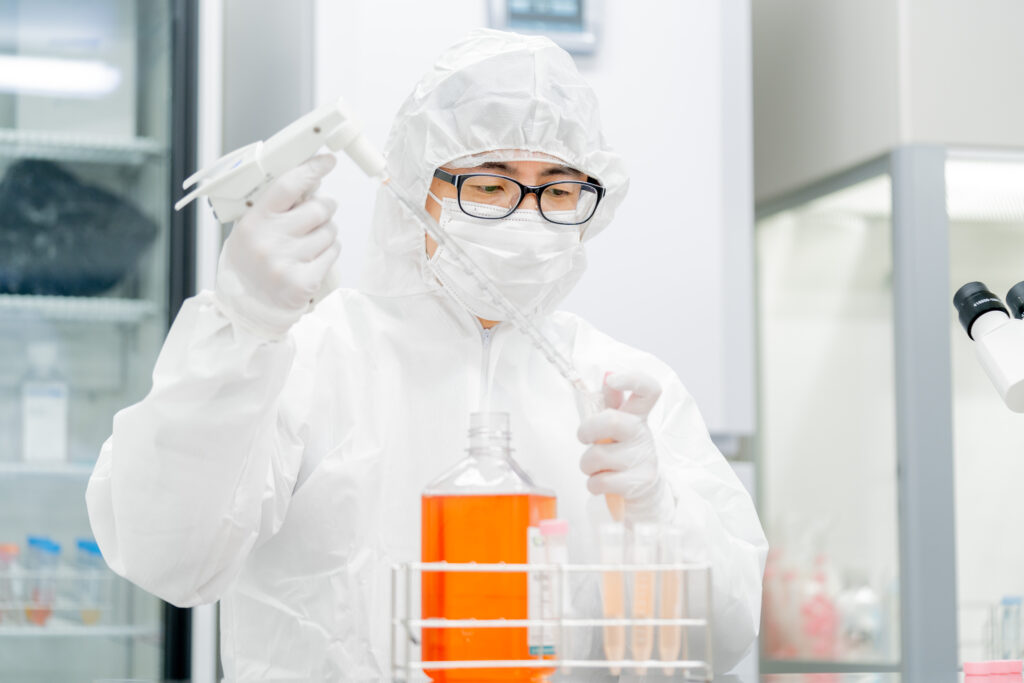
Challenges in Cultivating Stem Cells and Professional Dedication
What are the challenges in cultivating stem cells?
The biggest challenge in cultivating stem cells is balancing cell proliferation and differentiation. Cultivation is generally conducted according to a schedule, but cells do not always remain in the same condition, so things rarely go as planned. For example, the state of cells can vary significantly between morning and evening. Thus, it’s crucial to constantly observe cell morphology under a microscope and fine-tune the amount and timing of nutrient addition. If proliferation happens too quickly, nutrient depletion and lack of growth space can halt proliferation and lead to cell degradation. On the other hand, if proliferation is too slow, the number of cells is insufficient, and enough conditioned medium cannot be obtained. Besides knowledge and skills in cell culture, staying up-to-date on the latest research and technologies is essential.
Can you tell us about your professional dedication?
The cells we handle are ultimately used in medical settings for end-users, so extremely high quality is required. This means adhering to strict quality control measures to provide safe and effective conditioned medium. Precisely understanding the state of cells and providing the optimal environment during cultivation are also vital. This includes meticulous attention to details such as the amount and timing of protective agents for freezing or thawing cells, regular inspections, activity assessments, and proper management of media and equipment. Additionally, we believe it’s important to handle the cells with care as living organisms, conducting cultivation carefully by hand and monitoring their growth to create high-quality conditioned medium.
What are your thoughts on the emerging field of three-dimensional (3D) cell culture?
Generally, cells are cultured in two dimensions using flasks, but 3D cell culture is a recently highlighted technique in stem cell research. The greatest advantage of 3D cell culture is that it allows cells to grow naturally. In 3D culture, cells grow in spherical clusters or sheet-like structures, unlike in 2D culture. This enables cells to grow in an environment that closely mimics actual tissues. Cells cultured in 3D environments may yield more accurate experimental results, allowing for precise analysis of their functions and behavior. Additionally, 3D culture considers complex interactions, such as cell-to-cell and cell-to-matrix interactions, oxygen supply, metabolic waste removal, and growth and differentiation processes, forming the foundation for tissue engineering approaches to regulating stem cell differentiation.
However, 3D cell culture also has drawbacks. The primary challenge is accurately positioning cells in 3D space. Furthermore, as cell aggregates form in 3D culture, the surface and interior of the aggregate experience unequal diffusion of nutrients and oxygen. This can stress the cells, leading to cell death or abnormal growth. Cultivation specialists must carefully adjust conditions such as cell type, media, and support materials to overcome these challenges, which requires highly advanced techniques.
What moments give you the greatest sense of fulfillment in your work?
The most fulfilling moments are when I tackle new research projects that could lead to treatments using stem cells. Stem cells, with their self-replicating and differentiation abilities, are highly anticipated in fields such as regenerative medicine and drug discovery. Realizing that our research could contribute to society in the future is immensely satisfying. Additionally, the meticulous care required to handle stem cells safely adds a sense of achievement. Above all, the most rewarding moment is hearing success stories from end-users who benefited from the stem cell conditioned medium I cultivated, such as hearing, “I’ve been cured.” Experiences like these motivate me to keep working in this field.
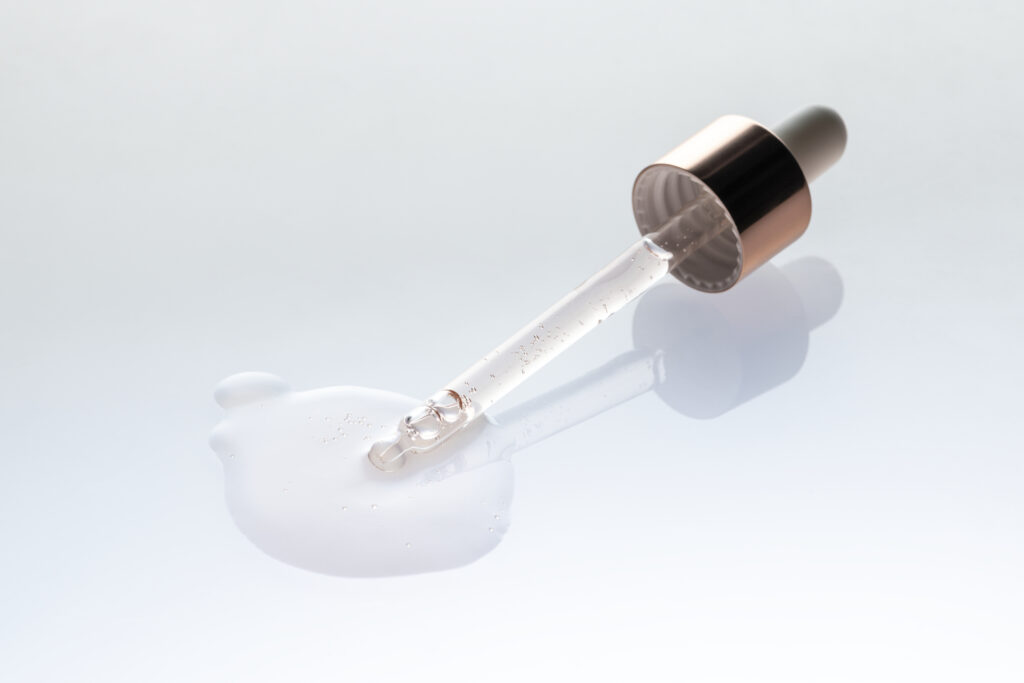
Cosmetics Containing Stem Cell Conditioned Medium
What are your views on cosmetics containing stem cell conditioned medium, which have recently gained attention?
In the cosmetics field, stem cell conditioned medium is drawing the most attention. This fluid contains growth factors, cytokines, enzymes, proteins, and trace nutrients, which are believed to have benefits for skin rejuvenation and anti-aging. Many manufacturers are developing products that include stem cell conditioned medium, such as toners, serums, creams, packs, and masks. These products are designed to address various skin concerns, particularly improving elasticity, firmness, and transparency.
However, most cosmetics containing stem cell conditioned medium currently on the market do not specify the concentration or type of medium used, and they may be stored in suboptimal conditions, raising questions about their effectiveness. Therefore, it’s important to choose products from trustworthy retailers and to store them in conditions that avoid direct sunlight and high humidity. Proper handling and storage are key to maintaining quality.
The development of cosmetics with stem cell conditioned medium is likely to continue. However, accurate information for consumers, guidance on usage tailored to individual skin types, and proper storage methods are essential. These considerations must always be kept in mind.
What are the storage precautions for stem cell conditioned medium?
Stem cell conditioned medium is stored in two forms: liquid and freeze-dried. Each requires specific handling and storage methods appropriate to its form.
For liquid forms, refrigeration is necessary. The storage period is short, and the medium is sensitive to temperature changes, vibrations, light, and moisture. When transporting liquid medium, it must be handled gently. Cosmetics containing liquid stem cell conditioned medium are also sensitive to storage conditions, so purchasing from reliable sellers and storing the product in a cool, dry place away from direct sunlight is essential. After opening, the product should be used promptly.
In the case of freeze-dried forms, proteins remain stable, allowing for room-temperature storage. As these lack preservatives or stabilizers, they must be reconstituted with water just before use. However, even freeze-dried forms can degrade under unsuitable conditions, so maintaining the proper temperature and humidity is crucial. Freeze-dried mediums are ideal for long-term storage and play a key role in research and product development.
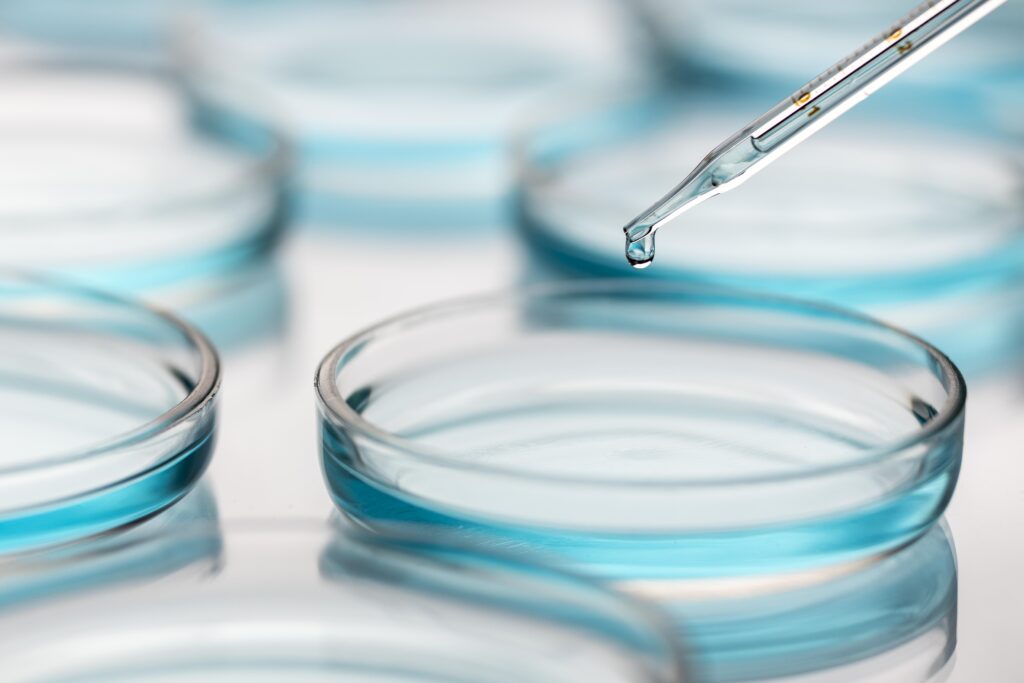
The Future of Stem Cell Conditioned Medium
What do you think about the future potential of stem cell conditioned medium?
Stem cell conditioned medium holds significant promise across various medical fields. In the cosmetic and aesthetic medicine sector, products containing stem cell conditioned medium are being used for skin and hair regeneration, anti-aging, and wound healing. Research on treatments utilizing stem cell conditioned medium is also advancing, with potential applications in regenerative medicine.
Which specific medical fields are expected to benefit from stem cell conditioned medium?
Stem cell conditioned medium is anticipated to be utilized in a wide range of medical areas. For example, it shows potential in regenerative medicine for diseases such as myocardial infarction and stroke. It is also expected to aid in the treatment of conditions like arthritis and liver disease. Moreover, it may play a role in cancer therapy and immunotherapy, where stem cells are already used, and the medium could further enhance these treatments.
How are treatments administered in medical facilities?
Stem cell conditioned medium can be administered through intravenous or subcutaneous injections, but I recommend subcutaneous injections. This method is less likely to cause fever and offers better results since intravenous injections can lead to rapid metabolism. Subcutaneous injections involve dissolving the medium in saline and injecting an appropriate amount, typically 2 to 5 cc. Subcutaneous injections are less painful than intramuscular injections and have a slower absorption rate. However, as the medium stays localized, temporary swelling may occur at the injection site.
Could you elaborate on its applications in the beauty sector?
Stem cell conditioned medium contains unique components that distinguish it from conventional cosmetics, offering high potential for enhancing beauty. It promotes skin turnover, reduces blemishes and wrinkles, and even aids in wound healing. By calming inflammation and encouraging regeneration, it boosts the body’s natural healing abilities, making cosmetics with stem cell conditioned medium increasingly popular. However, developing such products requires advanced technology. The cultivation methods for stem cells and the production of conditioned medium are complex and demand strict quality control. Additionally, thorough research on their effects and potential side effects is essential. In summary, stem cell conditioned medium is a groundbreaking ingredient with vast potential in both medical and cosmetic fields. However, its development and application require advanced technology, careful research, and adherence to safety standards. As stem cell research progresses, this field is expected to gain even more attention while maintaining ethical and safety considerations.
Stem cell conditioned medium, a revolutionary component developed through advancements in stem cell research, is expected to draw increasing attention in the future. Behind this progress are countless researchers and technicians whose efforts directly contribute to our beauty and health.


